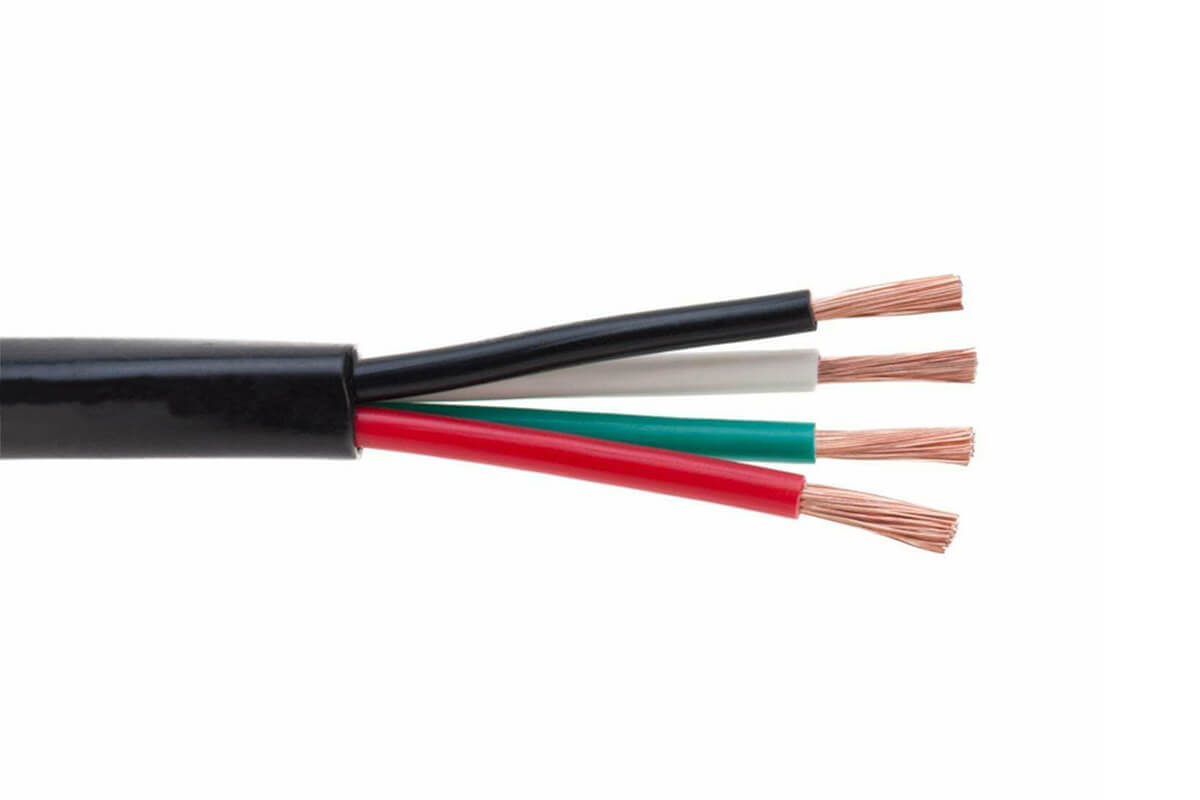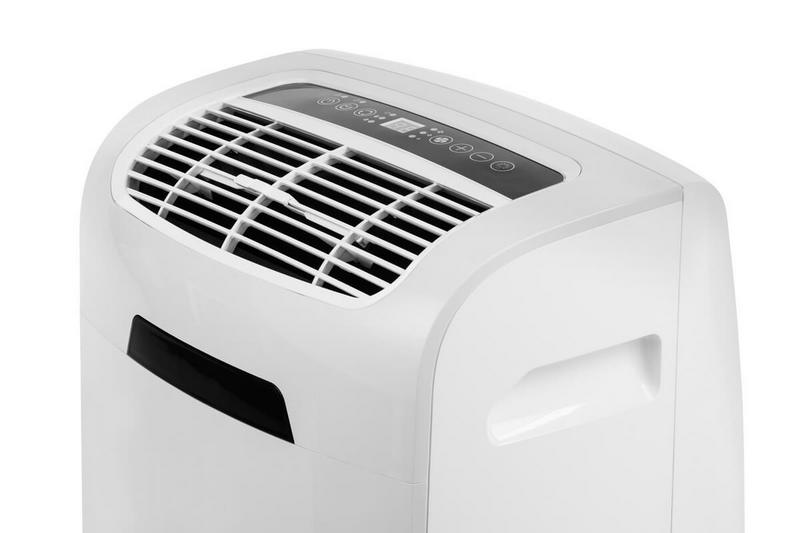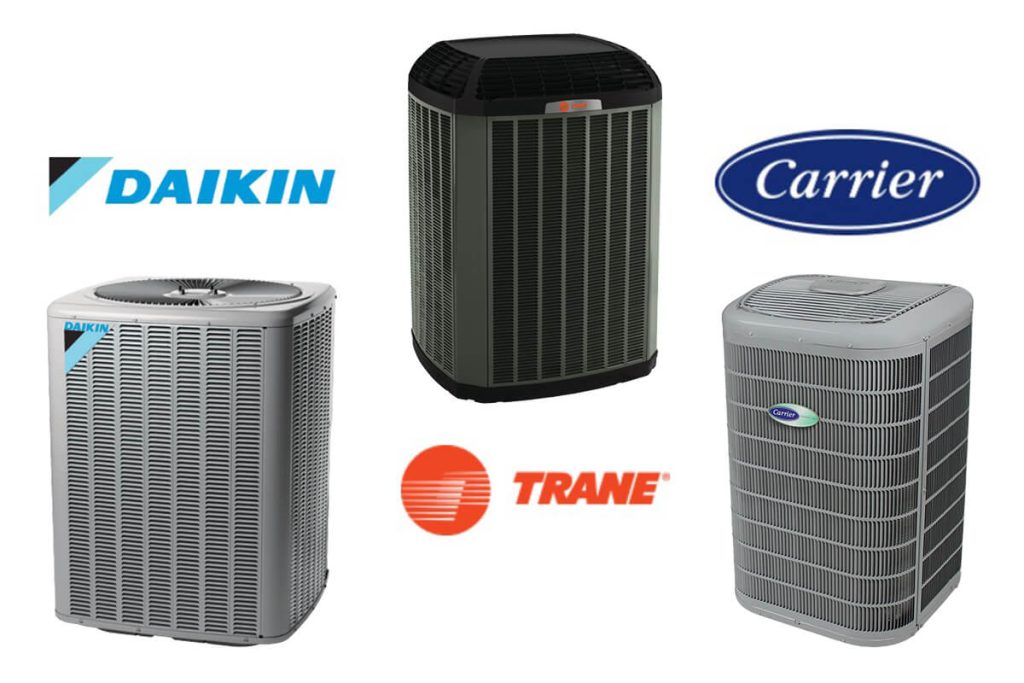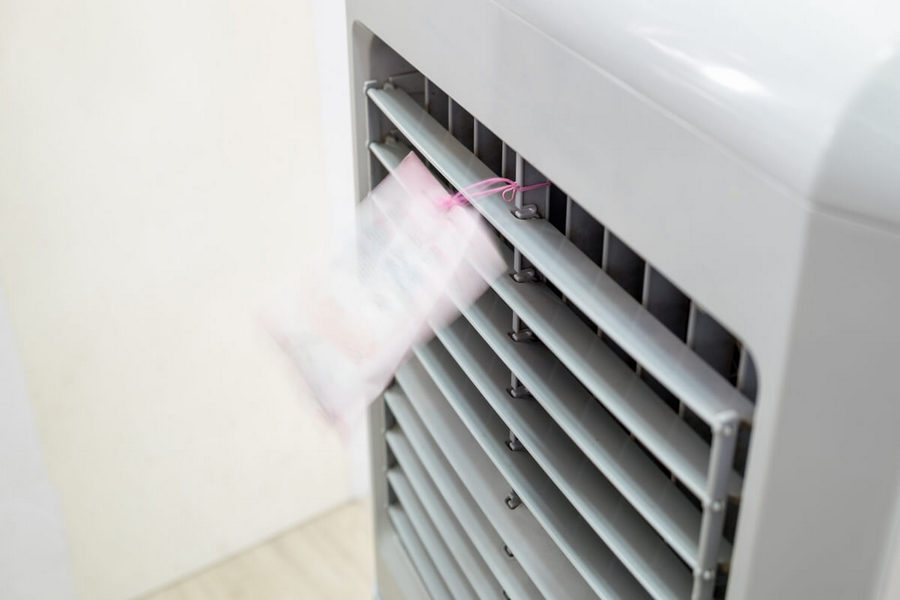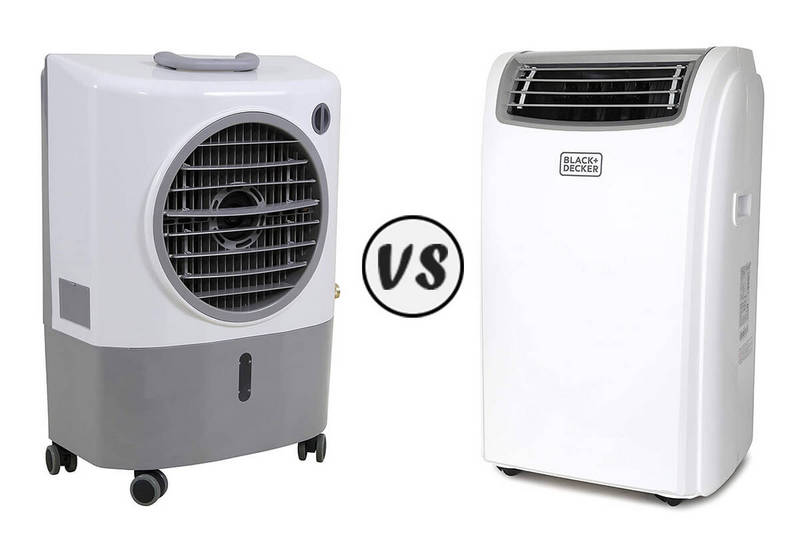Air conditioners are some of the most important machines for any household, especially in the summer. If you are wiring an AC unit for installation, you may run across the issue of choosing the wire for the AC’s circuitry. Your two main wires are either the 10/2 or 10/3 wire for an air conditioner.
It is essential that you know what you’re doing when working with wires and circuitry. Remember that it is always best to leave the complex electrical work to the professionals. If not, you could end up damaging the AC unit or maybe even yourself.
To get the most out of your AC unit, you need to have the right wire according to your system’s configuration. The conductor system must be in compliance with local codes and must be installed by a professional in most cases.
What is the Difference Between 10/2 and 10/3 Wire?
The difference between 10/2 and 10/3 wire can be subtle but important. The 10/2 wire is composed with a hot #10, a neutral #10 and a ground #10. When it comes to the 10/3, it comes with two #10 hots, one #10 neutral and one #10 ground.
The insulated black is the hot; the insulated white is neutral, and ground would be the insulated green. Another name that these wires go by is a power cord. The biggest difference between the two options is the amount of current as it is carried through the conductors.
Technicians usually use the 10/2 wire size for standard air conditioning units because AC units are single circuit appliances. The wire size works great as it accommodates both the heating and cooling element of the AC.
On the other hand, the 10/3 wire is meant for dual voltage appliances. What does this mean?
Well, it means that an appliance requires a power supply that can provide both a positive and a negative voltage setup. You’ll hardly AC units having to use a dual voltage system. However, it is always a good idea to double check the requirements.
Why Only 10/2 or 10/3 wire?
Most air conditioners can run on a standard 120-volt circuit. At times, you could find larger units that do require 220v or volts to operate. Central air conditioning units will need much more, ranging from 240 to 250-volt circuits.
This is because the system is much larger and requires higher current to deliver power. The 10/2 or 10/3 wire for an air conditioner can work well. However, as previously stated, the 10/2 would be the ideal choice for your standard air conditioning units.
Choosing the Right Gauge
When we talk about the size of the gauge, we are referring the size of the wire. Higher numbers in size for gauges indicate thicker wires. Rest assured that choosing the correct gauge is essential.
The gauge must fit correctly according to the amperage of the circuit. One example can be a window AC unit. If the unit is a 20-amp air conditioner, it will require that you use a 12-gauge wire.
Moreover, a 30-amp air conditioning unit will use a 10-gauge wire instead of the 12-wire gauge. If your AC unit also has a heating option for the summer, the gauges in wire can also change.
This is because a dual voltage appliance will require the 10/3 wire for both the cooling and heating option. It is important to note that this is only in some cases.
This is only the case if the cooling system uses a different voltage meter than the heating. The motor or compressor may use a different voltage than the heater.
The Final Takeaway
When you’re deciding which type of wire you should use, remember to consider the code requirements. Some AC units will require a dedicated circuit.
This means that the circuit is strictly used only to power the air conditioner and cannot power any other appliance. Whatever the case may be for your AC unit, either the 10/2 or 10/3 wire will work.

